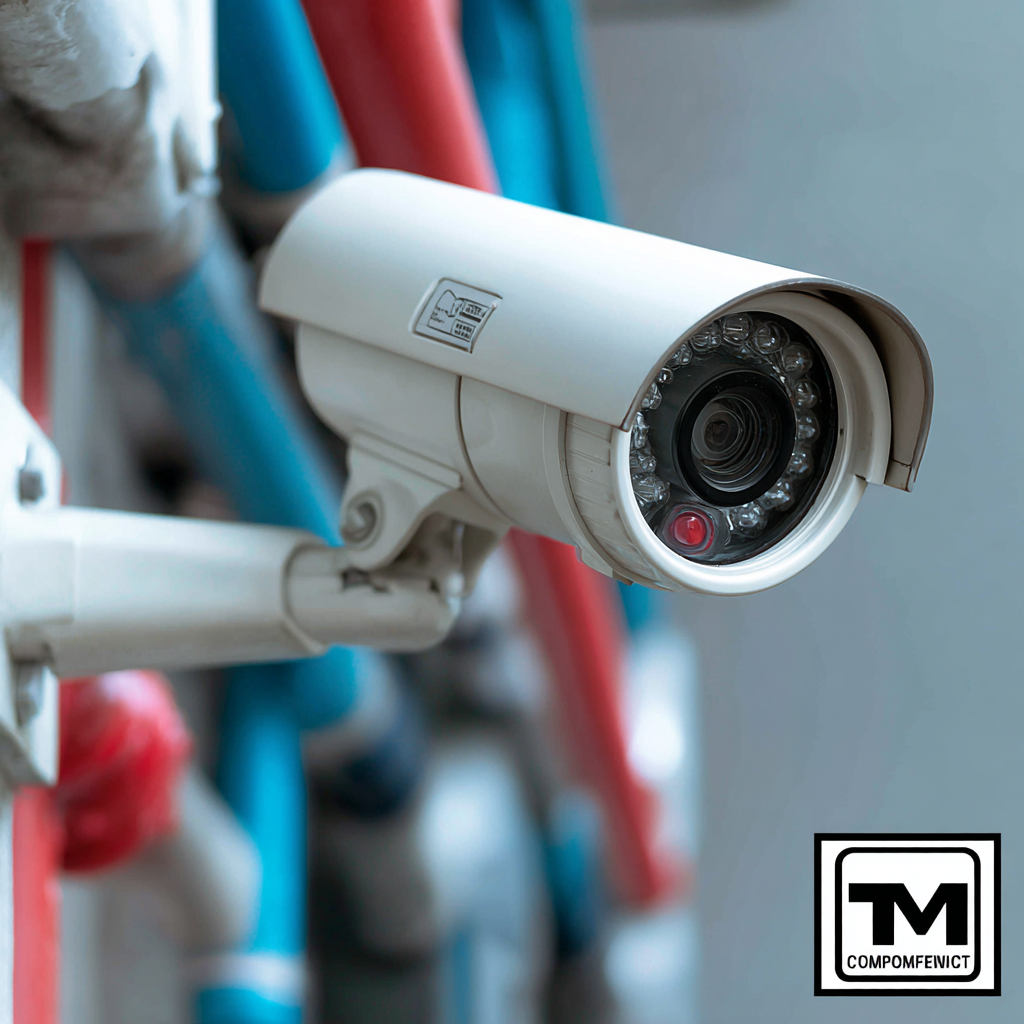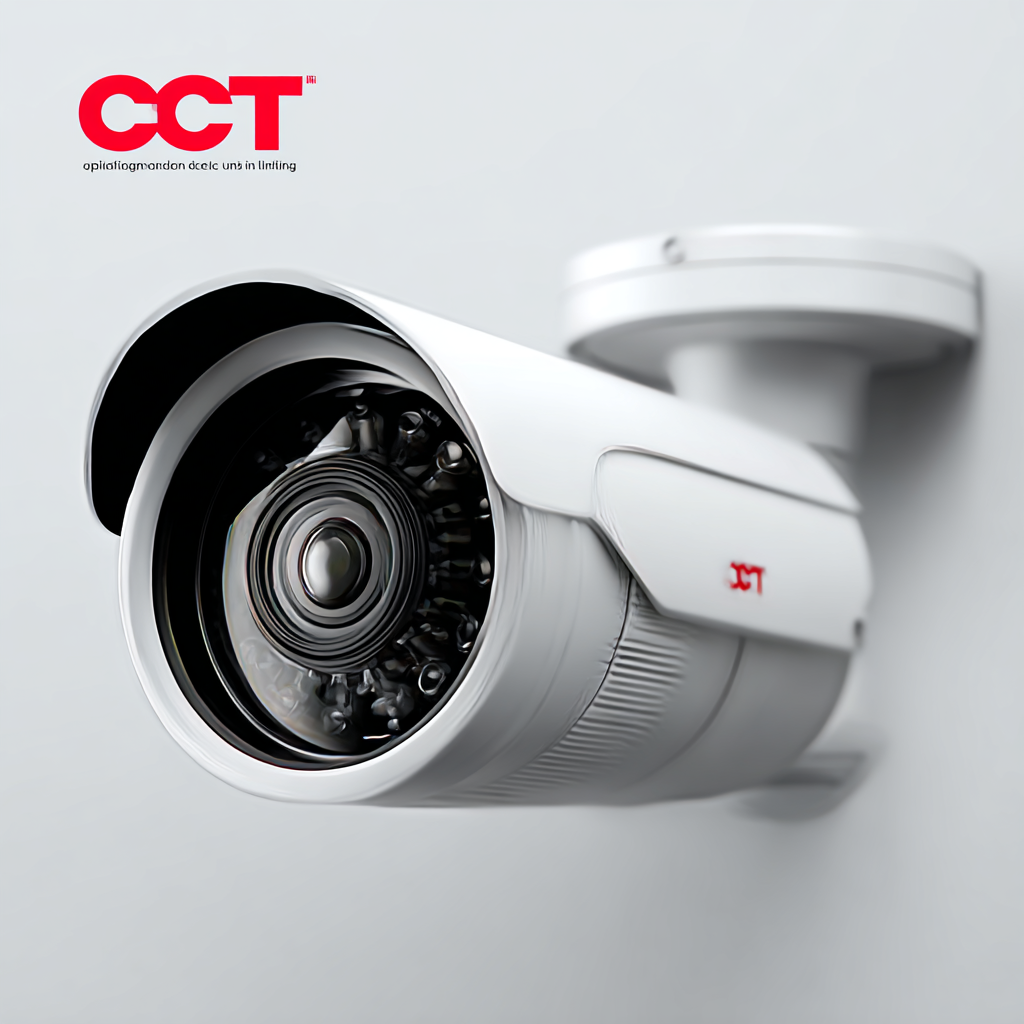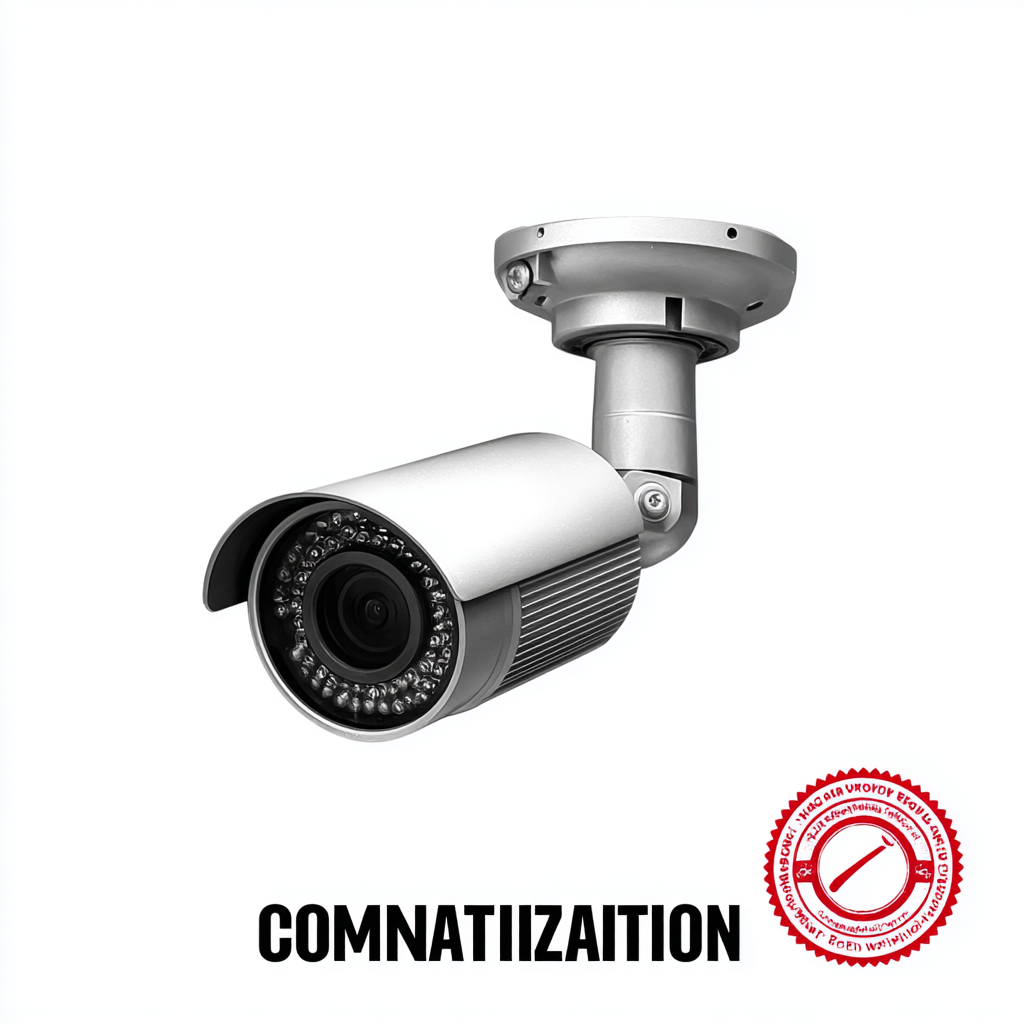Blog
Mastering Industry Compliance for the Best CCTV Camera Installation Guide
In an era where security is paramount, understanding the nuances of CCTV camera installation has never been more critical. As we navigate through the technological trends projected for 2025, industry compliance remains a pivotal aspect of ensuring that your surveillance systems not only meet legal standards but also operate optimally. This blog serves as a comprehensive guide to mastering industry compliance while executing the best practices for CCTV camera installation. We will explore key technological advancements shaping the future of surveillance, delve into essential compliance requirements, and provide actionable insights to enhance your installation processes. Whether you are a seasoned professional or a newcomer to the field, this guide will equip you with the knowledge necessary to elevate your CCTV projects and ensure they are compliant, effective, and future-ready.

Essential Regulations for CCTV Camera Installation Compliance
In light of recent developments, particularly the City of Johannesburg’s new by-law regulating privately owned CCTV cameras, understanding compliance within the industry is more crucial than ever. These regulations are intended to ensure responsible monitoring while addressing privacy concerns. A report from the International Security Industry Association indicates that compliance with local regulations can enhance the efficacy of surveillance systems, potentially reducing crime rates by up to 15% in monitored areas.
Opposition to the Johannesburg by-law has emerged, with concerns that such regulations might deter private citizens from implementing CCTV systems due to the complexity of compliance. The Democratic Alliance has voiced strong objections, highlighting fears that these restrictions could limit the overall utility of CCTV in crime prevention. According to industry research, 67% of consumers believe that accessible and clear regulations could encourage more citizens to install surveillance cameras, thereby fostering a safer environment. As such, it's essential for homeowners and businesses to stay informed about compliance requirements to leverage the benefits of CCTV installations fully.
Key Components of a Comprehensive CCTV Installation Checklist
When it comes to installing CCTV systems, adherence to industry compliance is paramount. A comprehensive CCTV installation checklist should address critical components such as legal considerations, privacy concerns, and technology standards. Recent news highlights the importance of these elements following cases where cameras were improperly installed, leading to serious privacy breaches. For instance, a company in Zhejiang, China, maintained hidden CCTV in women's changing rooms for nearly a decade, causing outrage among employees and raising questions about consent and security measures.

To ensure a compliant installation, consider these tips: First, review local laws regarding surveillance, particularly in sensitive areas. Regulations may vary, and ignorance isn't an excuse for infringement. Second, prioritize transparency with employees or occupants—informing them about the presence and purpose of cameras is crucial for maintaining trust and legal protection. Finally, invest in high-quality technology that complements your compliance efforts; using reliable equipment can help in documenting compliance effectively.
It's also worth noting that various industries are adopting mandatory CCTV measures. For instance, recent directives in India's shipping sector require all vessels to install CCTV systems, underscoring the global trend towards enhancing security through surveillance while adhering to strict compliance guidelines. As the landscape of CCTV installation continues to evolve, staying informed and compliant will protect both businesses and individual rights.
Step-by-Step Guide to Assessing Site Conditions for CCTV Setup
When embarking on a CCTV camera installation, assessing site conditions is crucial for optimizing performance and ensuring compliance with industry standards. According to the Security Industry Association, 70% of CCTV failures can be traced back to inadequate site assessments. Understanding the physical and environmental variables at play can significantly influence the effectiveness of surveillance systems.
One primary consideration is the lighting conditions of the installation space. Poor lighting can diminish image quality, making it essential to evaluate both natural and artificial light sources. Additionally, the layout of the area, including potential obstructions, should be meticulously examined. A survey conducted by ASIS International indicated that improper camera placement, influenced by neglecting site conditions, can lead to a 20% reduction in surveillance effectiveness.
**Tip:** Always conduct a thorough site survey to determine optimal camera placement and adequate coverage to minimize blind spots.
Temperature and weather can also affect camera functionality, particularly for outdoor installations. Cameras should be rated for specific environmental conditions to prevent failure. The Electronic Security Association notes that approximately 15% of camera issues arise from environmental factors. Planning for these contingencies can help ensure resilience in temperature fluctuations and adverse weather.
**Tip:** Choose cameras with appropriate weatherproofing and temperature ratings to enhance durability and performance in variable climates.
Mastering Industry Compliance for the Best CCTV Camera Installation Guide
| Assessment Criteria | Description | Recommended Action | Compliance Standards |
|---|---|---|---|
| Site Location | Determine the geographic area for CCTV coverage | Conduct a site survey to identify optimal camera placement | Local zoning laws |
| Lighting Conditions | Evaluate existing lighting and how it affects visibility | Install cameras with low-light capabilities if necessary | Industry lighting standards |
| Mounting Surface | Assess the structure's integrity for camera installation | Ensure secure mounting to prevent camera fall | Building code regulations |
| Network Connectivity | Check available internet bandwidth and connection type | Upgrade network if necessary for optimal performance | Data transmission compliance |
| Privacy Considerations | Identify areas that may infringe on individual privacy | Adjust camera angle or placement to mitigate privacy issues | GDPR and other privacy regulations |
Best Practices for Ensuring Data Protection and Privacy in Surveillance
In an age where surveillance is ubiquitous, ensuring data protection and privacy in CCTV installations is paramount. According to a 2021 report by the International Association of Privacy Professionals (IAPP), 79% of organizations consider compliance with data protection regulations a significant challenge. This statistic underscores the importance of adhering to guidelines such as the General Data Protection Regulation (GDPR) and local laws which mandate that surveillance systems are deployed responsibly. Best practices include conducting thorough impact assessments to understand the potential effects on individual privacy as well as utilizing data encryption techniques to safeguard footage from unauthorized access.
Furthermore, a recent survey by the Security Industry Association (SIA) revealed that 63% of security professionals believe that lack of privacy awareness among employees is a leading risk for data breaches. To counter this, implementing ongoing training and awareness programs for staff about privacy rights and data handling can significantly mitigate risks. Additionally, organizations should adopt a policy of transparency, informing individuals when surveillance cameras are in use and for what purpose. This commitment not only fosters trust but also aligns with ethical surveillance practices, enhancing overall compliance and data protection efforts in the industry.
Data Protection and Privacy Compliance in CCTV Installations
This chart represents the percentage of compliance with industry standards regarding data protection and privacy across various sectors involved in CCTV camera installations. The data reflects the importance of adhering to regulations such as GDPR, CCPA, and others.
Common Compliance Pitfalls to Avoid in CCTV Camera Installations
 When it comes to installing CCTV cameras, compliance with industry regulations is crucial to ensure both effectiveness and legality. One of the most common pitfalls to avoid is overlooking local laws regarding surveillance. Each state or municipality may have specific guidelines on where cameras can be placed and the limitations on recording, especially in areas where privacy is expected, like homes or private property. Failing to adhere to these regulations can lead to fines, legal actions, and even damage your organization’s reputation.
When it comes to installing CCTV cameras, compliance with industry regulations is crucial to ensure both effectiveness and legality. One of the most common pitfalls to avoid is overlooking local laws regarding surveillance. Each state or municipality may have specific guidelines on where cameras can be placed and the limitations on recording, especially in areas where privacy is expected, like homes or private property. Failing to adhere to these regulations can lead to fines, legal actions, and even damage your organization’s reputation.
Another compliance issue that often arises is the lack of proper documentation and signage. Many businesses forget to inform the public that CCTV cameras are in operation, which is a requirement in many areas. Additionally, maintaining comprehensive records of the system's installation, the purpose of the cameras, and who has access to the footage is essential for compliance. A failure to implement these measures not only risks legal trouble but can also compromise the overall effectiveness of the CCTV system. By understanding and addressing these common compliance pitfalls, organizations can ensure a successful installation that safeguards both their assets and their integrity.
